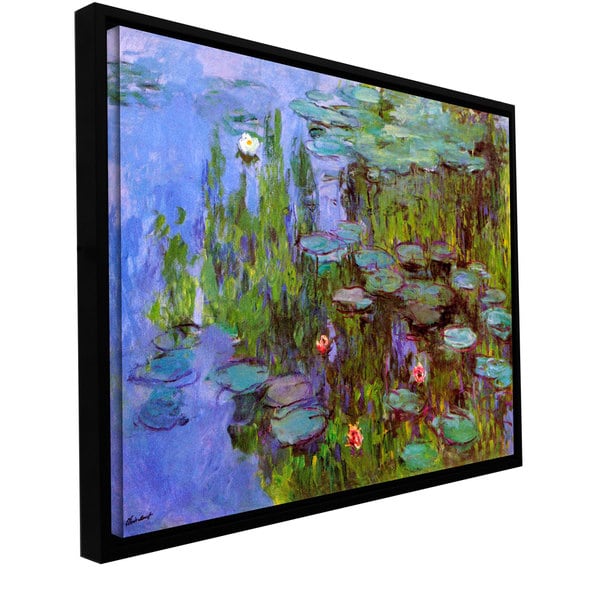
In her elder years, living alone on the coast of Maine and savoring a renaissance of creative energy after a long depression, Sarton returns to the subject of what solitude is and is not on the pages of her boundlessly rewarding journal The House by the Sea ( public library). It is especially not for those who hunger for another consciousness to validate their experience and redeem their reality. It is not for those who find silence shattering. It is not for those who romanticize its offerings of freedom and focus, but excise its menacing visitations of loneliness and alienation. Living alone can be deeply rewarding and deeply challenging. “There is no place more intimate than the spirit alone,” the young May Sarton (May 3, 1912–July 16, 1995) wrote in her stunning ode to solitude - the solitude she came to know, over the course of her long and prolific life, as the seedbed of creativity. In this respect, it is not the opposite of science but its twin. Art, after all, might just be our sensemaking mechanism for wonder.

It is difficult not to see these geometric elements as an organizing principle of Hilma af Klint’s mystical paintings. It is difficult to behold its exquisite geometry and not feel it to be sacred.

This is why sundogs appear in pairs at around 22° on either side of the sun, and why they are often accompanied - as they were that spring morning in 1535 - by a 22° halo forming a ring at the same angular distance from the sun as the sundogs, thus appearing to intersect and connect all three stars into a luminous orrery of circles. They appear when flat hexagonal ice crystals drift into a horizontal orientation relative to the surface of the Earth and catch sunlight, acting as prisms to refract rays sideways with a minimum deflection of 22°.
#Mind print traveller sea of roses series#
Art by Hilma af Klint from her series Childhood Paintings, 1907.īecause of the conditions they requires, perihelia are among the least common and most dramatic of atmospheric optical phenomena. Half a lifetime and a revelation later, Hilma af Klint (October 26, 1862–October 21, 1944) would draw on it in many of her own immense and unexampled paintings reckoning with the hidden strata of reality. More than three centuries later, a little girl beheld the enormous painting in a Swedish cathedral, absorbing its magic and its mystery into the cabinet of curiosities that is a child’s imagination. Known as Vädersolstavlan - Swedish for “The Sundog Painting” - it is considered the oldest known depiction of sundogs. That awe-smiting April in Stockholm, the Chancellor and Lutheran scholar Olaus Petri commissioned a painting of the wondrous event - a painting that became the epicenter of a political controversy when the King took it as an insult and narrowly spared Petri capital punishment. They appear in the Old Farmer’s Almanac as omens of storms. “Those that affirm they witnessed this prodigy are neither few nor unworthy of credit, so that there is more reason for investigation than incredulity,” Cicero wrote in urging the Roman Senate to examine “the nature of the parhelion.” A generation after him, Seneca included sundogs in his epochal Naturales Quaestiones. “Two mock suns rose with the sun and followed it all through the day until sunset,” Aristotle wrote in the oldest known account of the phenomenon.


Parhelia have staggered the human imagination since the dawn of our common record, epochs before empiricism could cast its ray of illumination upon their mystery. What the pious were actually witnessing was a parhelion, from the Greek for “beside the sun,” also known as sundog or mock sun - an atmospheric optical phenomenon caused by the refraction of sunlight through ice crystals in high, cold cirrus or cirrostratus clouds, or in moist ground-level clouds known as diamond dust. Catholics took it for the opposite - punishment lashed on King Gustav Vasa for having ushered in the Protestant Reformation a decade earlier. Awestruck, people took it for a sign from God - a benediction on the new Lutheran faith that had taken hold of Sweden. On the morning of April 10, 1535, the skies of Stockholm came ablaze with three suns intersected by several bright circles and arcs.


 0 kommentar(er)
0 kommentar(er)
